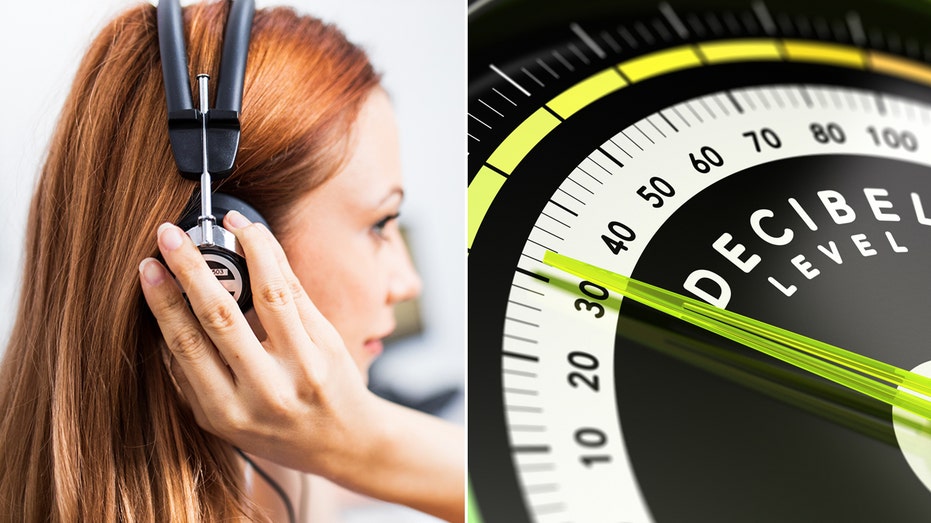About 48 million Americans have some degree of hearing loss — and most of them wait several years before seeking help, according to the Hearing Loss Association of America, a nonprofit advocacy group based in Rockville, Maryland.
“Sound-induced hearing damage is irreversible and commonly associated with other hearing disorders, such as tinnitus,” said Steve Taddei, doctor of audiology at HearAdvisor, an online information resource for people in need of hearing aids.
“Fortunately, this type of hearing loss is almost completely preventable with a little education and minor effort,” the Illinois-based Taddei told Fox News Digital.
FATHERHOOD IS A ‘HEROIC ROLE’ FOR MEN, SAYS FILMMAKER AND DEFENDER OF DADS JOHN PAPOLA
Here, he shares some safe listening practices to help prevent and reduce hearing loss.
To establish a baseline of your current auditory health, scheduling a hearing check with an audiologist who specializes in hearing conservation is a good idea, said Taddei.
During the evaluation, the audiologist will perform a variety of tests to determine the type and extent of hearing loss — and to measure your ability to hear various pitches, sounds and frequencies, according to Mayfield Clinic’s website.
Excessive volume from earbuds, headphones and other sound systems will eventually damage the ears, warned Taddei.
“Following the 60/60 rule is a practical guideline to safe listening levels,” he said. “Listen at no greater than 60% of the maximum volume for no more than 60 minutes per day.”
Headphones or earbuds help to minimize background sounds, allowing you to listen at lower levels without having to compete with environmental noise, said Taddei.
HEARING AIDS ARE NOW CHEAPER AND EASIER TO BUY FOR HARD-OF-HEARING AMERICANS
“This can be in the form of passive noise reduction, where the earbud or headphone earpads physically block sound from entering your ear,” he explained.
“Some devices also offer active noise reduction, which can help with lower-frequency sounds.”
If you are in a loud environment, limit how long you are there and/or move to a quieter space if possible, Taddei recommended.
“Taking listening breaks every hour or so can prevent fatigue by providing the ears with valuable time to recover,” he said.
“This can be as simple as taking a short walk, reading in silence or heading to the lobby during a crowded intermission to escape the chatter.”
A simple way to monitor your exposure is to install a sound level meter app on your phone. Taddei suggests using the NIOSH Sound Level Meter app.
“The Apple Watch is a great tool for this, as it automatically warns you when the environment is loud,” he said.
BE WELL: TAKE A WALK OUTSIDE TO BOOST YOUR MENTAL HEALTH
“Apple also offers the Health app, which estimates headphone audio levels providing weekly breakdowns and average listening levels,” he added.
Wearing earplugs when you’re exposed to loud sounds — such as at concerts or races; or from firearms or power tools — will help protect your hearing.
Even seemingly harmless daily activities, such as mowing the lawn and going to the movies, can fatigue the ears, Taddei warned.
“Quality earplugs are not expensive, though it can be difficult to differentiate good from bad,” he said.
CLICK HERE TO SIGN UP FOR OUR HEALTH NEWSLETTER
HearingTracker.com provides reviews of many of the most common earplugs.
Store your earplugs in a keychain carrying case that is connected to your car keys so you’ll always have easy access to them, Taddei said.
“While this may seem excessive, sound is unpredictable, and it is the only way to ensure your earplugs aren’t forgotten on the nightstand,” he said.
To read more pieces in Fox News Digital’s “Be Well” series, click here.
Article Source: Health From Fox News Read More




